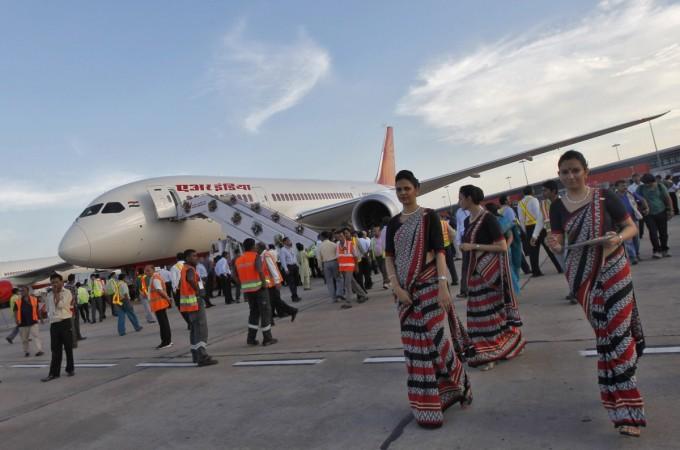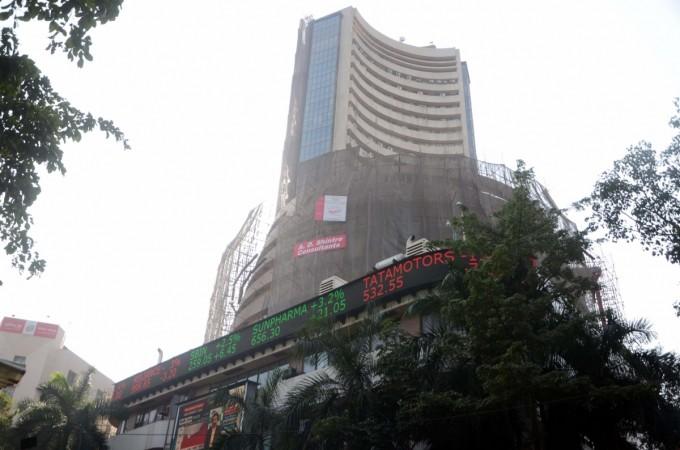
The Union Cabinet is expected to deliberate on raising allowances for Central government employees when it meets this week, apart from mulling over various options on restructuring national carrier Air India, including privatisation even as unions have warned of protests.
The hike in allowances has been pending for almost two months since the expert panel headed by Ashok Lavasa submitted its report after studying the proposals made by the 7th Central Pay Commission (CPC) in its report submitted in November 2015.
The Lavasa panel had suggested modifications, which were then referred to an Empowered Committee of Secretaries (E-CoS) for final approval by the Union Cabinet.
The CPC examined 196 existing allowances after which it recommended the abolition of 51 and subsuming 37 others with the existing ones. The recommendations of the CPC cover about 47 lakh Central government employees and 53 lakh pensioners, including those at Indian Railways.
What the CPC said on HRA
On HRA, the pay panel had said, "...the Commission recommends that HRA should be rationalised to 24 percent, 16 percent and 8 percent of the Basic Pay for Class X, Y and Z cities respectively."
"The Commission also recommends that the rate of HRA will be revised to 27 percent, 18 percent and 9 percent when DA crosses 50 percent, and further revised to 30 percent, 20 percent and 10 percent when DA crosses 100 percent," it added.
A city or town with a population of less than 5 lakh is categorised as "Z", while the threshold is 5 to less than 50 lakh for "Y". Cities with a population of 50 lakh or above are classified as "X".
Employees have demanded a hike of 30 percent, 20 percent and 10 percent, respectively, as against the CPC's recommendations.
If the HRA is hiked in accordance with the CPC's recommendations, the additional financial implication on the government exchequer will be Rs 17,200 crore.
Air India's privatisation
Another item on the Cabinet meeting is likely to be Air India, for which the government's think-tank Niti Aayog had reportedly suggested complete privatisation.
The Economic Times said on Monday that a cabinet note prepared by the committee of secretaries has put two options: recommendations of the Niti Aayog and a restructuring of Air India's debt before its privatisation.
The Cabinet may have to weigh in a warning given by Air India employees if the government initiates steps to privatise the loss-making carrier.
"We would like to communicate to you the genuine apprehensions of the employees and urge you both in the interest of the country and in the interest of employees, both serving and retired, not to accept the fortnight hurried recommendations by the NITI AAYOG," seven unions of Air India wrote in a joint letter to civil aviation minister Ashok Gajapathi Raju on June 15, reported IANS.
"...and be pleased not to force the employees of Air India to agitate which will lead to industrial unrest and disharmony more so at a time when Air India is definitely turning around and earning profits," the letter further said.

Though not listed on the stock exchanges, Air India is the second most-trending company on the BSE, the first being Lanco Infratech, which is reportedly one of the 12 defaulters identified by the RBI for initiation of insolvency proceedings.
The stock was trading 20 percent lower to hit a new 52-week low of Rs 1.88 on the BSE at around 11 am. Other stocks that reportedly figure in the RBI's list were also down; Bhushan Steel wast trading 10.18 percent lower at Rs. 63 and Monnet Ispat was down 18.63 percent at Rs. 27.95.










